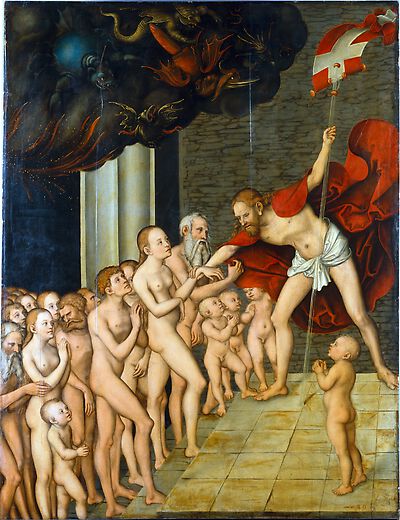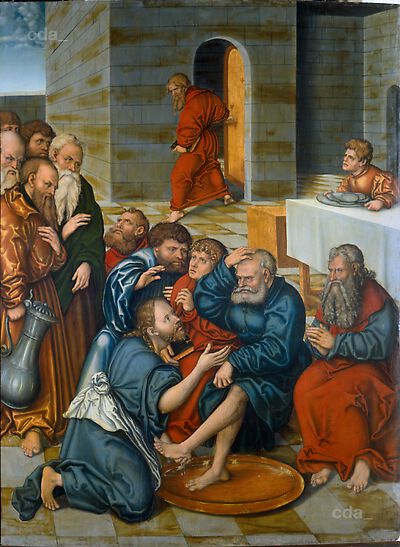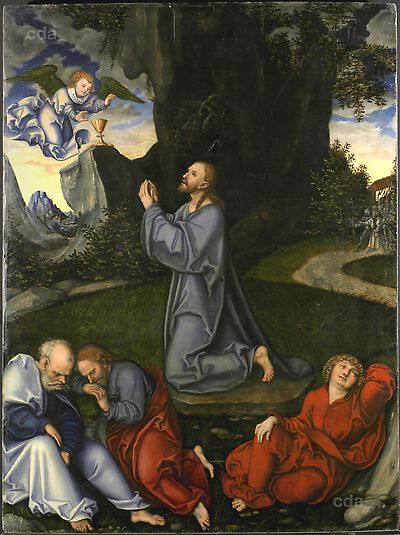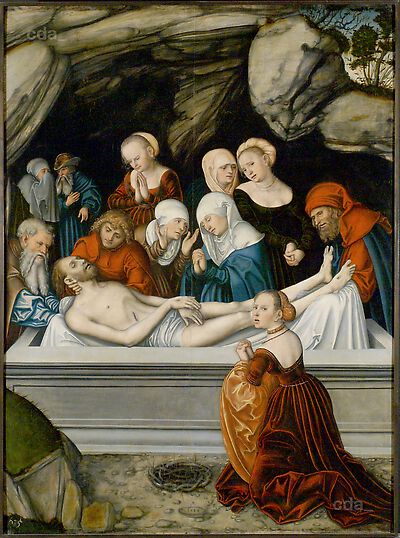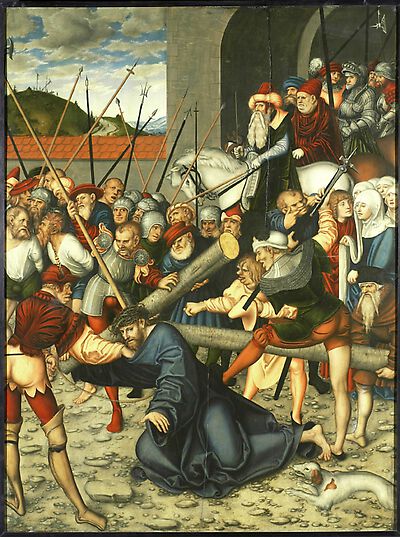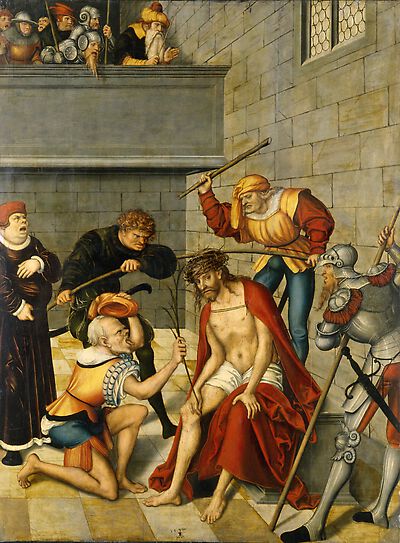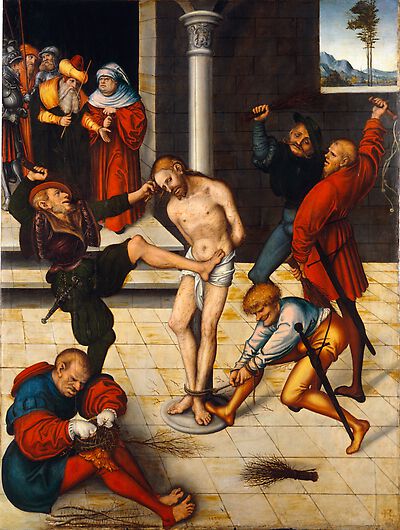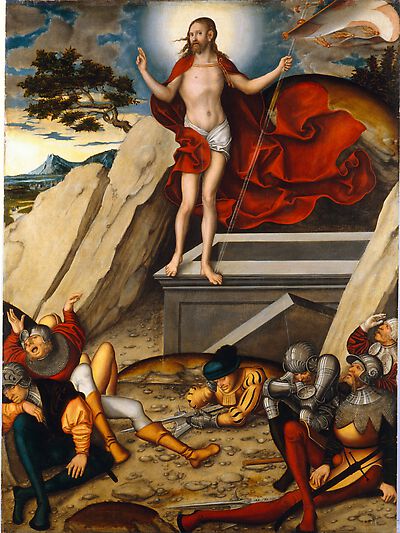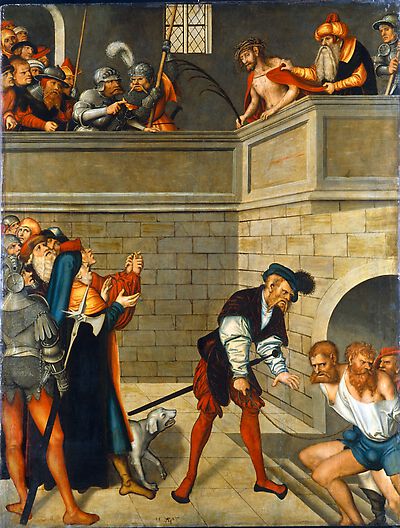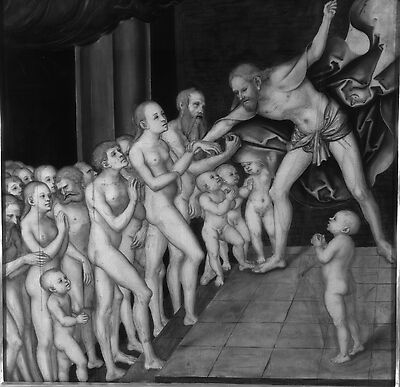- Attribution
- Lucas Cranach the Elder
Attribution
| Lucas Cranach the Elder | [Stiftung Preußische Schlösser und Gärten, Berlin - Brandenburg, revised 2011] |
- Production date
- 1538
Production date
| 1538 | [dated] |
- Dimensions
- Dimensions of support: 151.2 x 116.2 cm
Dimensions
Dimensions of support: 151.2 x 116.2 cm
[Stiftung Preußische Schlösser und Gärten, Berlin - Brandenburg, revised 2011]
- Signature / Dating
Artist's insignia at the lower edge: winged serpent (with dropped wings) and date '1538'
Signature / Dating
Artist's insignia at the lower edge: winged serpent (with dropped wings) and date '1538'
- Owner
- Stiftung Preussische Schlösser und Gärten Berlin-Brandenburg
- Repository
- Grunewald hunting lodge
- Location
- Grunewald
- CDA ID
- DE_SPSG_GKI2271
- FR (1978) Nr.
- FR374
- Persistent Link
- https://lucascranach.org/en/DE_SPSG_GKI2271/
